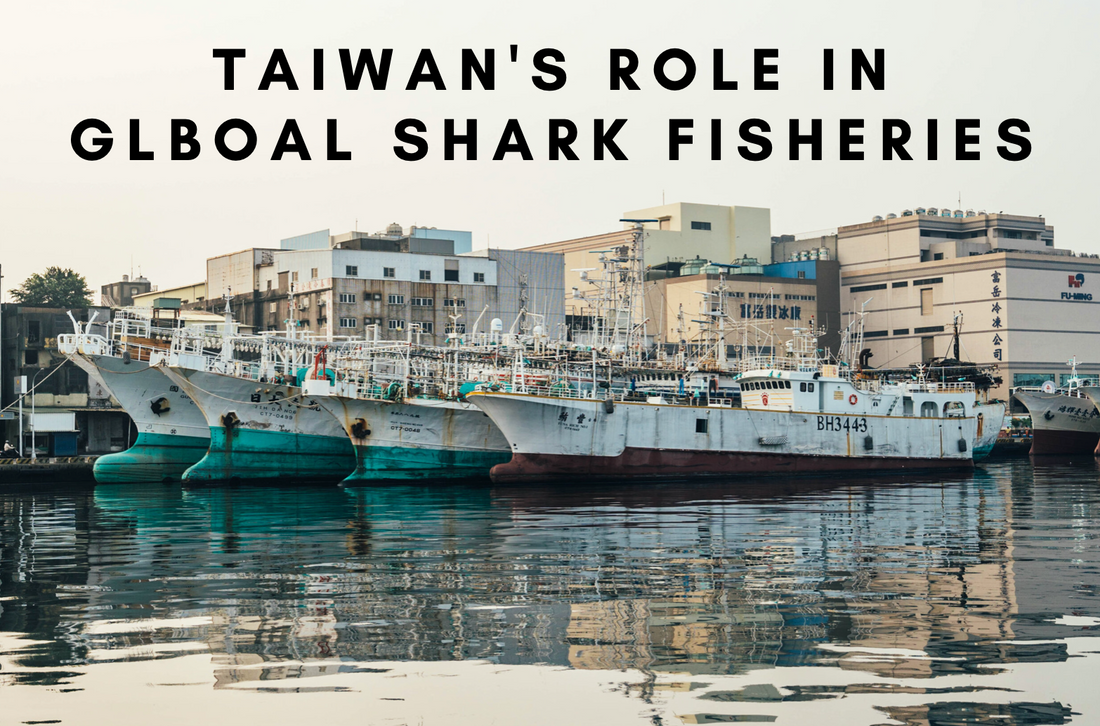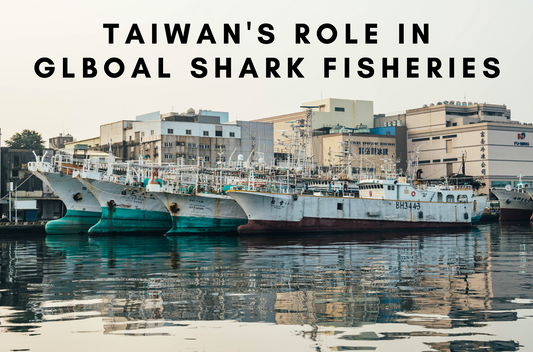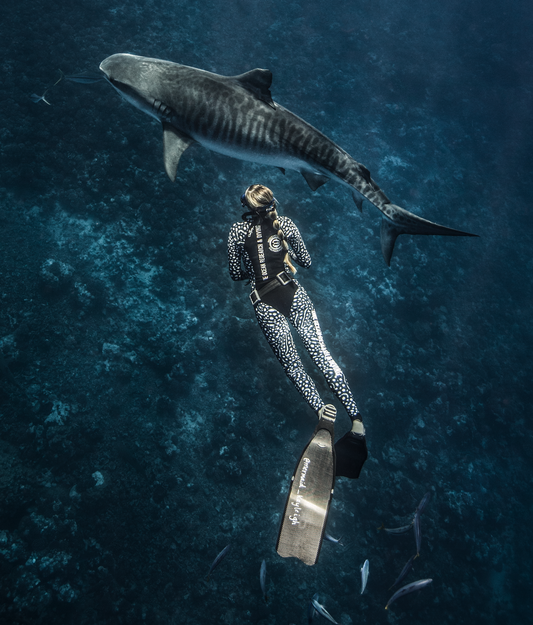A few months ago I took an investigative trip to southern Taiwan to scope out the fisheries activity at some of the worlds most infamous long lining ports.
Most of the global longline fisheries are operating out of control and out of sight. A huge fleet of over 5000 vessels roams the world’s oceans with almost no control mechanisms in place to ensure that their operations are legal, sustainable and ethical.
The Taiwanese fleet of longline tuna vessels is the largest in the world. This distant-water longline fleet is a key supplier to the international tuna market, in particular high-value sashimi-grade fish. This is exported to major economies including Japan, the United States and the European Union. It also amounts to a huge and unsustainable annual catch of sharks.

Kaoshiung and Dong Gang port in Southern Taiwan are amongst the worlds largest fishing harbours.
Technology has transformed fishing from a type of hunting into something more akin to farming. With highly mechanised ships that operate more like floating factories, the industry became brutally efficient at stripping the seas of virtually everything in them.
While Taiwan was the first in Asia to fully ban 'shark finning’ , not much has changed on the high seas due to ineffective enforcement and an inadequate deterrent of investigations and penalties.
This particular morning at one of the worlds largest longlining ports in Southern Taiwan - I witnessed over 10,000 sharks landed in one morning from just 10 small long lining boats. 10,000 sharks in one day. And his happens on most days here and may other ports around the world.
The boats here go out to ’target tuna’ , but come back with mostly sharks these days. A lot species landed were shark species listed on CITES II including Mako Sharks , Thresher sharks and hammerheads. Taiwanese Fisheries Association were present that morning monitoring the landings - all of this was in their eyes, totally legal .

The crew members reported catching hundreds of sharks everyday, including the illegal capture of juveniles, which would be used for bait, alongside landing vulnerable species such as smooth hammerhead and bigeye thresher sharks.

In October 2015, the European Union slapped Taiwan with a “yellow card” for not taking sufficient measures to combat illegal, unreported, and unregulated (IUU) fishing In particular, it pointed to Taiwan’s inadequate monitoring, control, and surveillance of these long-distance long-lining fleets in particular. These lucrative fisheries aim to avoid regulations put in place to protect marine ecosystems and species from exploitation in desire of profit.
The global scale of IUU fishing is astonishing and Taiwan is amongst the largest culprit . Some studies estimate that around 25million tonnes of fish are poached illegally every year , 10-20% of global fisheries production.

Taiwan’s far-seas fleet had revenue of $980m in 2016 from a catch of 545,000 metric tonnes, second only in value and size of catch to China, which had $1.6bn from 1.5m tonnes, according to a report in June in Science Advances, a research journal.
Taiwanese vessels have also been accused of operating without proper identification or documentation as required under international law; of making unauthorized use of the flags of other nations; and of other acts of IUU fishing.
While many countries’ fishing fleets engage in IUU and questionable labor practices—including the mainland Chinese and Korean fleets—the scale and persistence of the abuses of the Taiwanese fleet and Taiwanese authorities’ historical tolerance of these abuses make oversight of the island’s fishing sector especially urgent.




